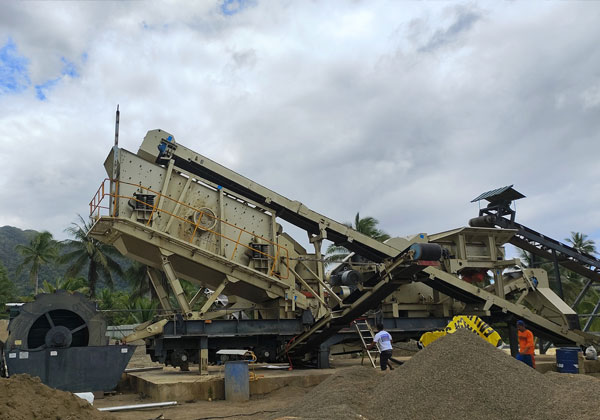A mobile aggregate crusher is a versatile piece of machinery used in the construction and mining industries to crush various types of materials, such as rocks, sand, and gravel. These crushers are designed for efficient, on-site processing of aggregates, offering mobility, flexibility, and convenience for projects that require crushing operations at multiple locations. The maximum capacity of a mobile aggregate crusher refers to the amount of material the crusher can process per hour, and this figure is influenced by several factors such as the crusher type, material characteristics, and operational conditions.
The type of crusher plays a crucial role in determining its maximum capacity. Jaw crushers, cone crushers, and impact crushers are the most common types used for crushing aggregates. Among these, cone crushers tend to handle larger capacities due to their design, offering consistent throughput even with harder materials. For instance, a large mobile cone crusher may handle capacities upwards of 500 tph, depending on the size of the machine and its configuration. Meanwhile, impact crushers are typically used for smaller capacities, focusing on producing fine aggregates with high-speed crushing actions.

The feed size is another key factor that influences the capacity of a mobile aggregate crusher. Larger feed sizes, often present in quarry applications, may require pre-crushing or a larger crusher to ensure that the machine operates efficiently. A mobile crusher’s design, such as the width of the feed opening and the size of the crushing chamber, dictates how much material can be fed into the machine. Crushers with broader feed openings can process larger materials, which in turn can increase the machine’s output capacity.
Additionally, the material being processed plays a significant role in determining the crusher’s maximum capacity. Softer materials like limestone and sand are easier to crush, resulting in higher throughput compared to harder rocks like granite or basalt, which may reduce the crushing speed and, in turn, the overall capacity. Mobile crushers are equipped with adjustable settings to handle different types of aggregates, with some models offering advanced features such as adjustable stroke or rotor speed, allowing operators to fine-tune the crusher’s performance based on the material’s characteristics.
Finally, the mobility and configuration of the crusher affect its overall efficiency and capacity. Mobile aggregate crushers are designed for easy transport and setup on job sites, offering flexibility in where they can operate. Some models include integrated screening units that help separate and grade the crushed material in one operation, which can boost overall throughput. The ability to quickly relocate the equipment to various parts of a mine or quarry site allows for more efficient material processing, which can indirectly improve capacity by reducing downtime and increasing the volume of material processed per day.
In summary, the maximum capacity of a mobile aggregate crusher depends on multiple factors, including the type of crusher, feed size, material characteristics, and mobility features. Ensuring optimal operation through proper maintenance and monitoring is essential for achieving the crusher’s maximum capacity and maximizing efficiency in aggregate processing.
